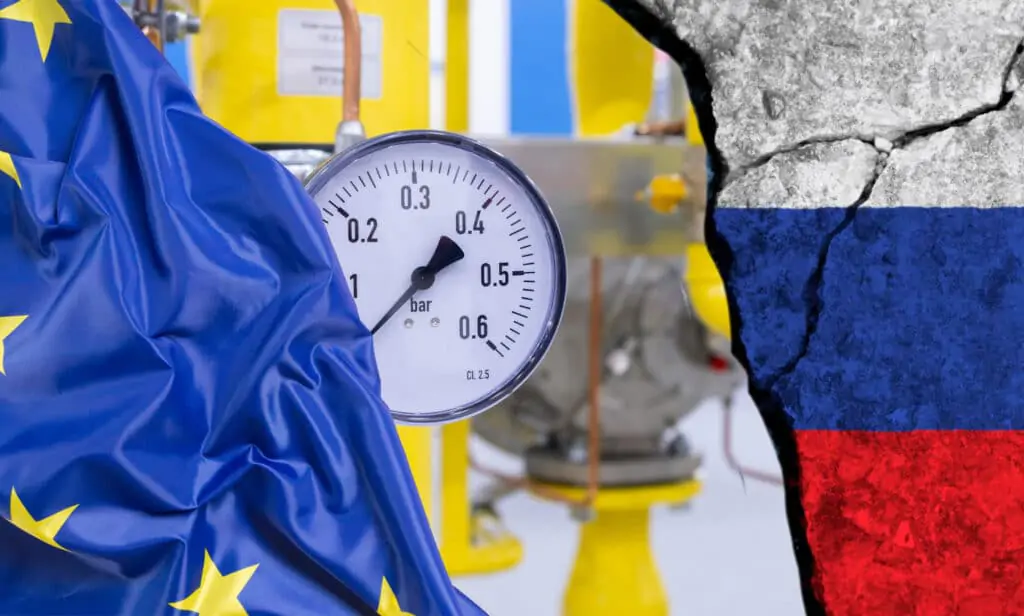With the RePower EU plan, the European Union aims to respond forcefully to the energy crisis, increasing the use of renewable energy and at the same time freeing itself from Russian dependence on fossil fuels. Let's see in detail what the EU RePower plan consists of and what the Italian position is
EU RePower Plan: what it is and how it works
To deal with the environmental crisis, the European Union has given the green light to the EU RePower plan. The aim is to respond to the energy and raw materials crisis caused by Russia's crazy war against Ukraine. The European Union's objective through this plan is to try to say goodbye to dependence on Russian fossil fuels (coal and gas) by 2027. At the same time pushing the accelerator on renewable energy, primarily solar energy.
It is no coincidence that they have been favored for domestic energy in recent years energy suppliers that offer green energy proposals. Paying attention to the chosen supplier but above all to how to use the energy we need will help the planet in our pockets. Numerous energy distributors are trying to put more and more green proposals on the market in favor of the environment. These data are confirmed by the numerous takeover operations o transfer signed thanks to gas offers and green light.

Plan Repower EU was presented in May 2022 in Brussels. He reiterates the importance of renewable sources to definitively eliminate imports of fossil fuels from Russia, raising the target of the share of renewables in final consumption to 2030 from the current 40% to 45%.
The Re Power EU plan is divided into some key points, including:
- Searching for alternative energy suppliers to Russia with regards to gas supply, investing in infrastructure to bring gas to Europe safely. To facilitate a common strategy, the EU Energy Platform was launched, to allow the various European countries to act together, coordinating regarding the demand and transport of gas.
- Increase the use of renewable sources. The EU has raised the 2030 target of using renewables as primary sources from 40% to 45%, including not only wind and solar but also hydrogen and biomethane.
- The choice of a new solar energy strategy called EU Solar Strategy. The European Union aims atIncrease the use of photovoltaics which should satisfy at least 25% of European energy demand. For this reason, the obligation to install it, by 2026, has been introduced on all new commercial and public buildings with a useful area greater than 250 square metres. From 2027 the obligation will also come into force for existing buildings, while for all new residential buildings solar roofs will be mandatory from 2029
Home automation and the objectives of the European Union
Home automation is an excellent solution to combat energy waste. By taking advantage of this technology it is possible to limit pollution a little and optimize the consumption of our bills to the maximum. By installing remotely manageable systems in your home it will therefore be possible to control the heating systems in the winter and cooling systems in the summer, manage the irrigation system or control the lights in the house. All you need is a smartphone and a good connection by addressing the different internet operators on the market. Thanks to new technologies today anyone has the ability to navigate quickly using systems via area. One of these is the FWA system, or the "mixed radio fiber" system, a sort of hybrid between WiMax and FTTC. Before changing operator always remember to check the fiber coverage in your area and perform a speed test.
One of the primary objectives of the EU energy plan is to raise renewables targets from 40 to 45% by 2030, effectively pushing all European countries to comply.
This applies in particular to Italy. In the field of renewables, it will have to move from the current 1,5 GW of new installations of annual renewable electricity capacity to no less than 10 GW to be in line with REPowerEU's ambition. This can lead to the replacement of at least 7,5 billion cubic meters of gas by 2025. About a quarter of Italian gas imports from Russia. But noon alone. New changes will be needed in the design of the electricity market, which is now too oriented towards gas.
The conflict between Russia and Ukraine has damaged relations between Italy and Moscow. It is not known when these tears will be stitched up. You can't even know if that will happen. What is certain is that Italy has had to seek new agreements with other countries, in this case African countries, such as Congo and Algeria, to decrease dependence on Moscow.


